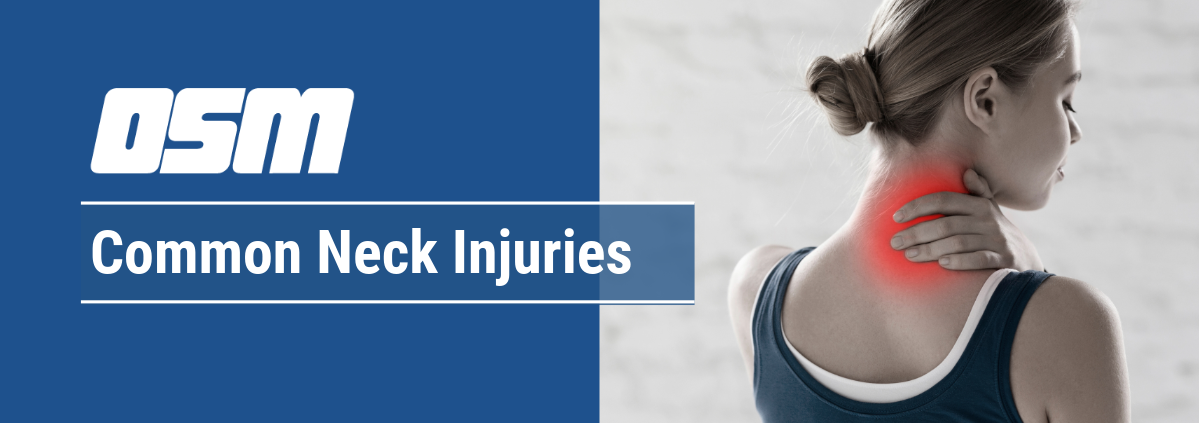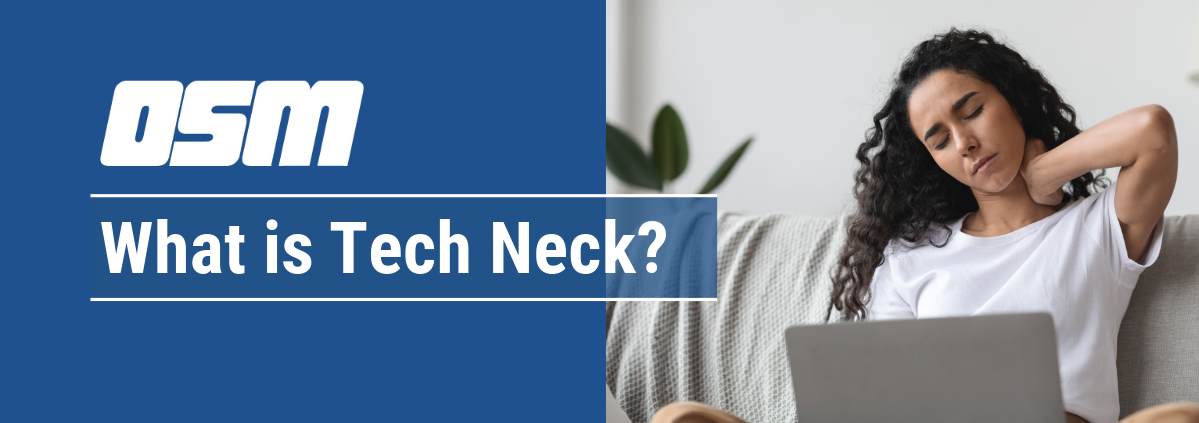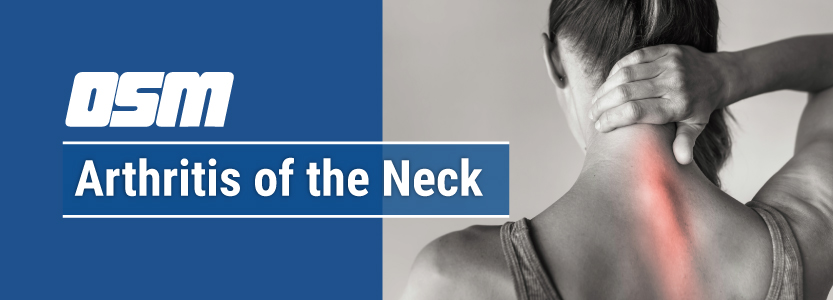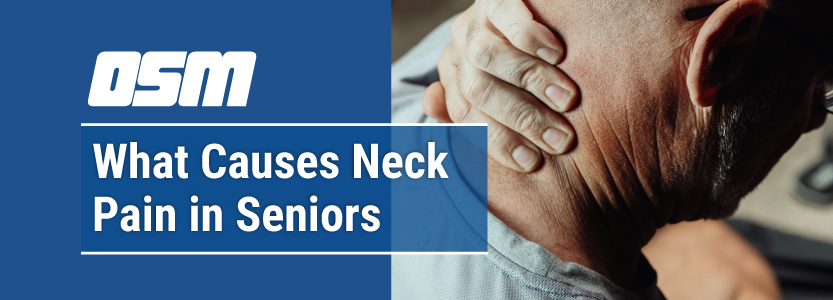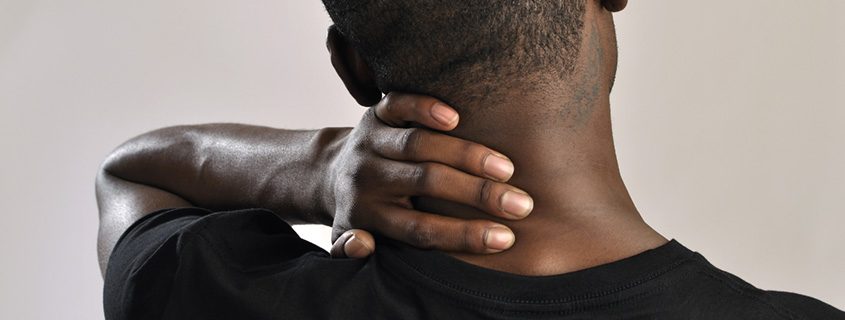Common Neck Injuries
Article featured on TriHealth
We usually don’t give much thought to our neck until it becomes tight, sore or difficult to turn. When this happens, we realize all the muscles, tendons and bones in the neck (cervical spine) allow us to move freely.
Common Neck Injuries
When your neck is sore – whether it’s from a poor night’s sleep or sudden injury – it can make simple tasks a challenge. Turning your head when driving, lifting objects or just playing a favorite sport can become painful and uncomfortable. Discover the most common neck injuries and how you can find relief.
Types and Causes of Common Neck Injuries
The most common neck injuries include:
- Neck sprain or strain – A sprain can happen when ligaments in the neck are torn. A strain refers to a torn muscle or tendon. This can occur as a result of a sudden injury during physical activity or even a minor car accident.
- Stiff muscles and tendons – Often called a crick in the neck, stiffness can be caused moving awkwardly or keeping the neck in the same position for a long period of time (like sleeping overnight).
- Herniated disc – A herniated disc occurs when a spinal disc becomes torn and the soft jellylike interior leaks or bulges out of the disc. Most commonly a result of wear and tear, herniated discs can also be caused by a sudden injury, including a fall.
- Pinched nerve – Bone, tissue or tendons can push against surrounding nerves, which causes pain. This can happen as a result of a muscle sprain or strain.
- Fractured cervical spine – Though rare, a fractured cervical spine (or broken neck) is a serious condition that requires immediate medical attention.
Common neck injury symptoms
Your symptoms will depend on the type and severity of your injury, but most common symptoms include:
- Difficulty turning the neck
- Headaches
- Muscle spasms in neck and shoulders
- Neck pain
- Stiffness in the neck
- Weakness in the legs, arms, hands or fingers
Common neck injury treatment
Your treatment will depend on the cause of your neck injury. Treatment may include:
- Physical therapy – A certified physical therapist will teach you exercises to reduce pain, improve flexibility and strengthen muscles in the neck.
- Medicine – Over-the-counter and prescription medicine can help relieve pain, reduce inflammation and help you find comfort.
- Injections – Corticosteroid injections, medial branch blocks and other injections can help reduce inflammation and help relieve pain caused by several different injuries to the neck.
- Acupuncture – Thin needles are inserted into specific spots along the spine to trigger the release of certain chemicals into the body, helping reduce pain. Acupuncture, used with traditional treatment, like pain management or physical therapy can help.
- Massage – Medical massage therapy can help reduce inflammation, ease pain and provide relief from certain back conditions. Your doctor may recommend massage therapy along with other treatments.
- Anti-inflammatory Diet – A diet that helps boost your body’s natural ability to fight inflammation may help reduce symptoms when combined with other treatment plans.
Our team will work closely with you to manage your pain before recommending surgery. If you continue to experience pain and loss of motion, cervical spine surgery may be recommended. These include:
- Mazor X – A robotic-guided spine surgery, Mazor X uses 3D imaging to allow your surgeon to customize the surgery to your specific anatomy and needs. This leads to better outcomes and faster recovery.
- Cervical discectomy and fusion – A damaged cervical disc can be removed and replaced with an artificial disc. You may also need a fusion surgery, which helps fuse two or more discs with hardware to stabilize and support the cervical spine (neck).
- Laminectomy – A laminectomy removes part or all of the back of vertebrae and thickened tissue around the vertebrae to allow more room for the spinal cord. This helps relieve pressure on the affected nerve.
Common neck injury risk factors
Several common risk factors contribute to a neck injury. These include:
- Genetics – A family history of neck pain or neck arthritis
- Tobacco use – If you are a smoker
- Repetitive neck movement – If you have a job that requires repetitive neck movement or overhead work
- Trauma or injury to the neck – Either through an accident, sports or even sleeping wrong
Common neck injury prevention
It may be impossible to completely prevent an injury to the neck, but you can take steps to reduce your risk and protect your spine health:
- Maintain a healthy weight
- Exercise regularly
- Strengthen back and core muscles
- Eat healthy
- Look for ergonomic pillows, chairs and other materials to help properly position your spine
- Use good posture when standing and sitting
- Use caution when lifting, twisting and turning
The Orthopedic & Sports Medicine Center of Oregon is an award-winning, board-certified orthopedic group located in downtown Portland Oregon. We utilize both surgical and nonsurgical means to treat musculoskeletal trauma, spine diseases, foot and ankle conditions, sports injuries, degenerative diseases, infections, tumors and congenital disorders.
Our mission is to return our patients back to pain-free mobility and full strength as quickly and painlessly as possible using both surgical and non-surgical orthopedic procedures.
Our expert physicians provide leading-edge, comprehensive care in the diagnosis and treatment of orthopedic conditions, including total joint replacement and sports medicine. We apply the latest state-of-the-art techniques in order to return our patients to their active lifestyle.
If you’re looking for compassionate, expert orthopedic and podiatric surgeons in Portland Oregon, contact OSM today.
Phone:
Address
1515 NW 18th Ave, 3rd Floor
Portland, OR 97209
Hours
Monday–Friday
8:00am – 4:30pm

